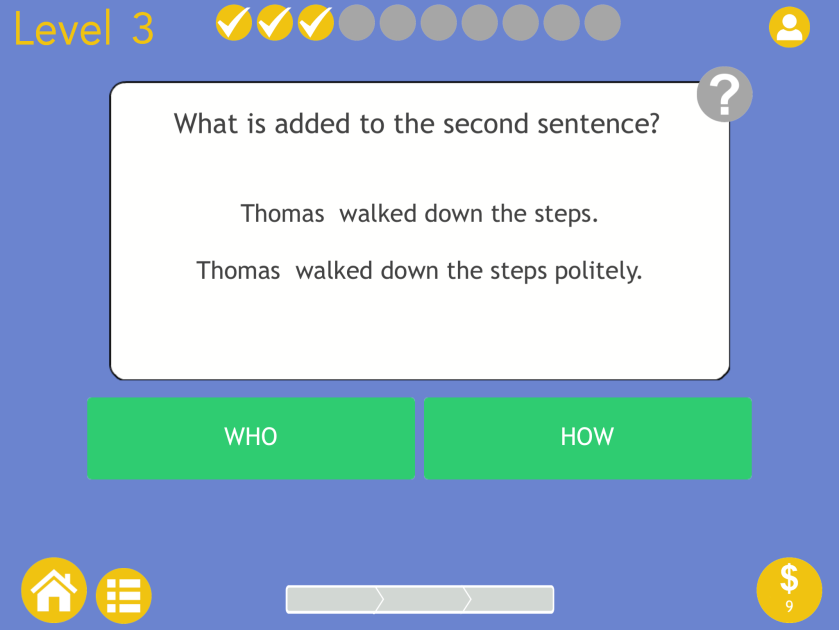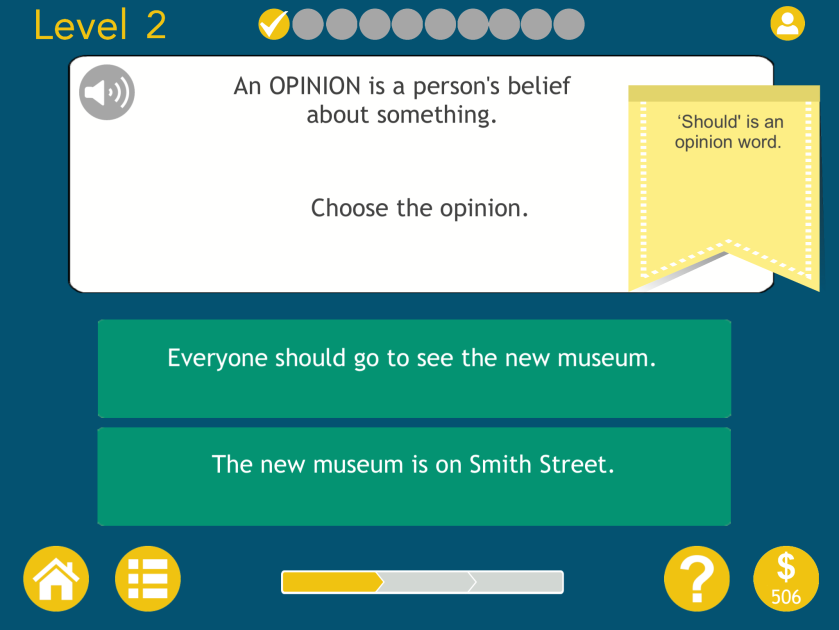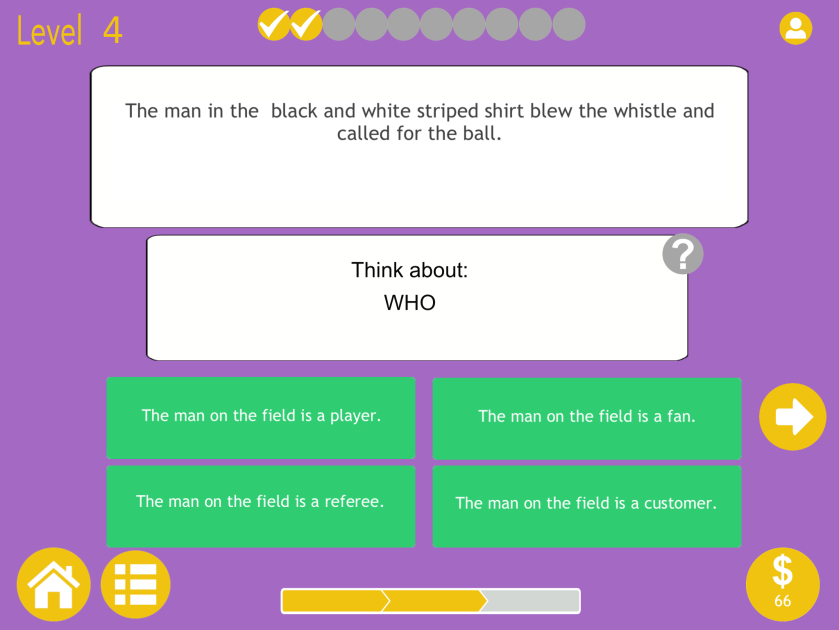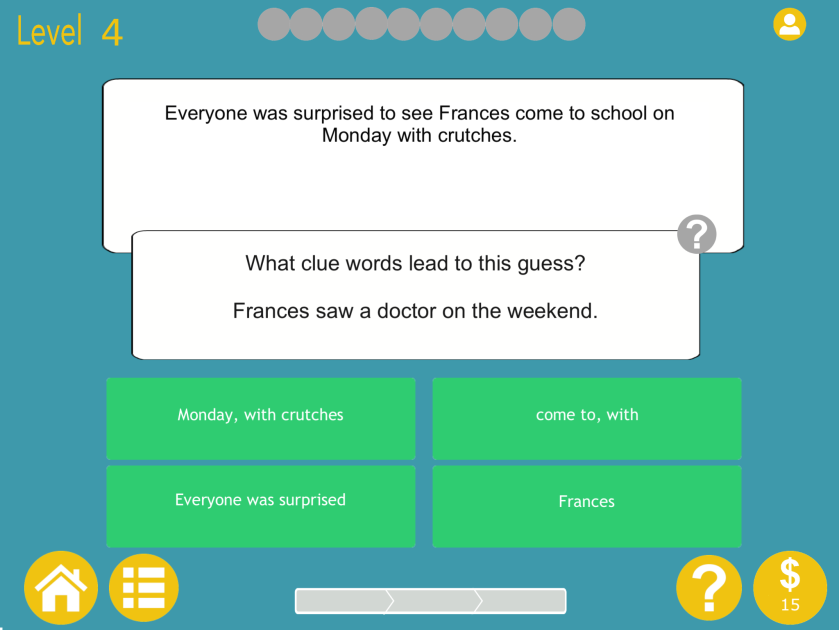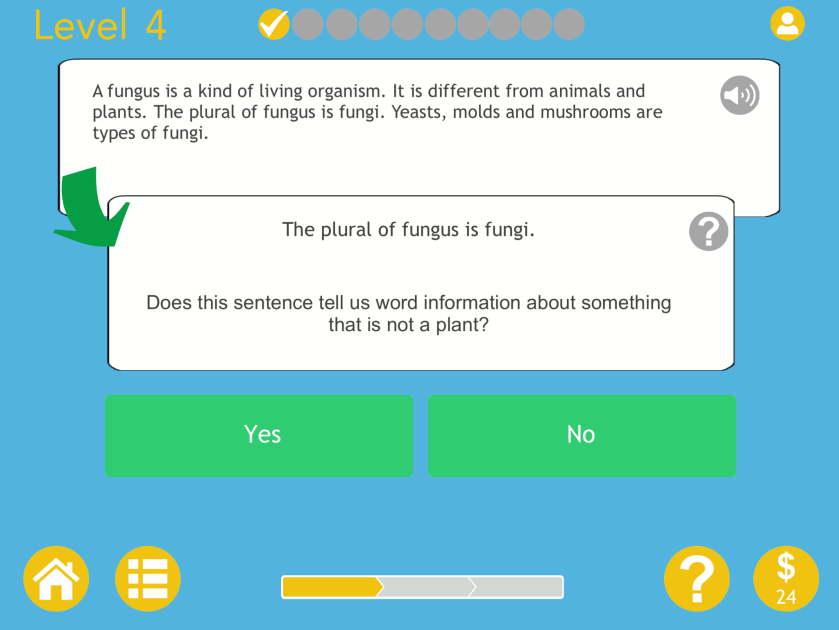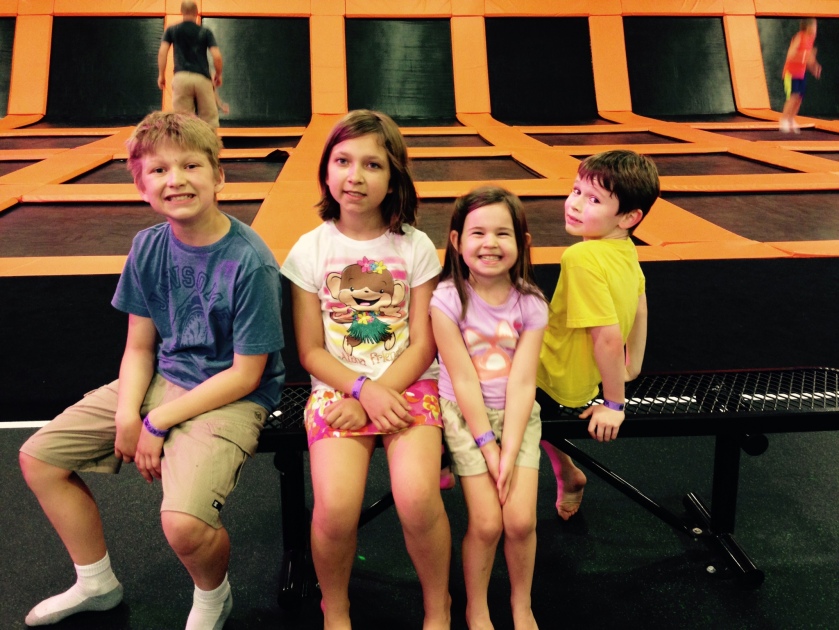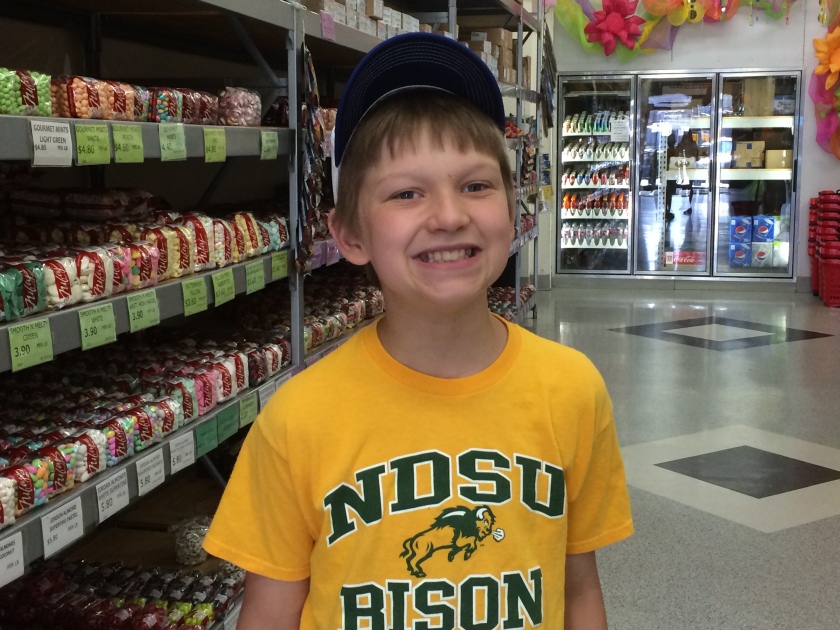Today the morning routine started out great. J woke up calm, ready to run, ready to eat breakfast, ready to work (middle school starts later in the morning this year, so we’re able to fit in a fair bit of studying and extra practice in the mornings). W had eaten breakfast and was dressed practicing the piano. It was all going great until 8:30, when W couldn’t find her play script and two minutes later realized that it was an orchestra day and she needed to be at school early. After a mad scramble to find her script, we packed up everything and were out the door in minutes when J announced that he needed a bag lunch “because the cafeteria is serving French Fries today” (J has a pathological fear of French Fries so just sucking it up and doing the hot lunch is not an option) so in my brain I shuffled my schedule to figure out when I could make a lunch and have it dropped off for J later that morning.
We pile into the car with the dog and back out of the garage (don’t ask me how the dog ended up in the car) and by this point I wanted to explode. In my brain I was screaming, “Are you KIDDING me!” “How did we just go from everything-under-control to the Apocalypse!” I was about to let it all out when instead I threw the car into park—mid driveway—and announced: “We’re all going to take a deep breath.”
I’m trying to be better at modeling for my children how to handle stress. J is especially terrible at handling it—the kid has so much bottled-up, stewing, brewing anxiety it makes me exhausted just watching him go through cycles of anxiety-ridden self narrative all day long.
After a few deep breaths, I said nothing. I was still angry, but the lecture wasn’t worth it. The kids needed to be emotionally and mentally ready for the day, not running into the school carrying the wrath of mom inside with them.
I’m really trying to be more mindful. There has been a lot of research and media buzz about mindfulness the past few years and the emotional and brain benefits that come with it. Especially with kids who struggle with anxiety, ADHD, autism, and mood disorders. If you want to read more about it, here and here are a couple of articles.
Breathing is just a part of mindful living–there’s more to it than that, but the breath is something we can always come back to to recenter ourselves. It’s strange to think that such a simple thing like breathing can be so mind and mood changing. As soon as we’re born, we’re breathing. It’s automatic. But there is this crazy amazing power that comes from taking a deep breath. Not just any breath, a deep mindful breath where you focus on your body and where your breath is happening. It’s this little time bubble that lets you assess what is going on—is the world really going to end because I’m going to have to bring a bag lunch later in the morning? That W lost her script again? And you realize that even though there was a blood moon last night, the Apocalypse didn’t happen and it won’t happen right now because of these little morning glitches. That showing your kids that the world isn’t going to end will also show them that these things really aren’t a big deal and we can reset and move on.
See? Magic!
I’m not going to pretend I’m an expert on this or mindfulness. But I’m trying. I took an eight week course last fall and it’s really changed my perspective on how to handle the way I approach things. It’s challenging. I go through spots of dedicated mindfulness and there are months at a time where I forget about it. But since school’s started I’ve been thinking how it so important for J to start adopting some of these skills.
We had some breathing successes and fails this past week. On Tuesday we attempted to have an EEG done on J to rule out some things (seizures, tics, etc. Fun fact, did you know that 1 in 3 kids with autism have seizures? Find out more here). I think Steve and I both knew coming into this that this wouldn’t work out—but we tried it anyway. J walked into the evaluation room asking about needles over and over again. When we finally convinced him that there were no needles involved we were able to have him sit for 20 minutes to get his head marked up with red marker and wax electrodes plastered all over his head. However, when he was told to lie on the bed to relax, he had a monstrous anxiety attack and there was no way we could get an accurate reading. We tried everything for 20 minutes, Imagine Dragons on the phone, breathing exercises. Nothing. We picked up W after the failed appointment (she knew J had a dr’s appointment) and when she saw him sobbing in the car with blood-red marks all over his head, she started bawling too, “What did they do to him!”
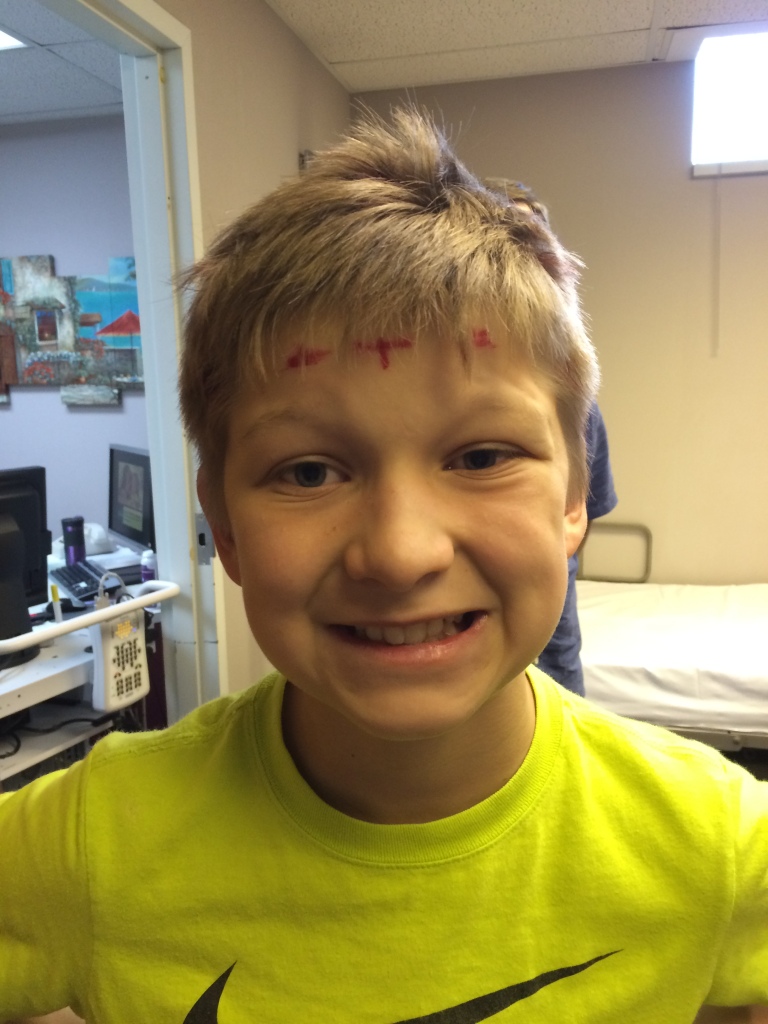
Needless to say none of us remembered to breathe through that whole ordeal.
But last night we had something amazing happened. Before bed we try to practice some mindfulness moments with J and recently I’ve been trying to work on breathing exercises. With the lights off, lying flat on his bed I placed a stick of deodorant on his belly (to help him understand where his breathing happens) and told him to make sure it went up and down with every breath, listening to the lady on the app guide him through mindful breathing. And there J stayed, still—perfectly still—watching and feeling the deodorant stick go up and down and the kid who usually fidgets constantly, runs 3 miles a day, and still can’t hold still long enough for everyone to sit down for dinner, watched his breathing for five minutes. FIVE WHOLE MINUTES of still and calm. You could “see” his brain figuring out how his body was working! He’s really starting get how this works!
With the adventures over the past few months—seeing J get stressed out over dentist and doctor’s visits, seeing him burst in explosions of anxiety or frustration or even silliness—I’ve realized more and more how important it is for him to remember to breathe. To control his breath. Two weeks ago we found a wonderful pediatric dentist to work with J. He told us that J doesn’t need to go under for any procedures right now, but if he did in the future and if we wanted to do the nitrous oxide route, he’d have to learn how to breathe—deeply—though his nose if it was going to work. The tech at the EEG said the same thing. We could try the EEG again another time with nitrous oxide, but he would have to be calm enough to be able to breathe through his nose.
We aren’t there yet. Not even close. I’m not good at coming back to my own breath when I’m upset either. But we’re practicing it every day now. I’m realizing how important it is to keep breathing: in the literal, spiritual, mental, emotional, and symbolic sense. I’m realizing how important it is for J to be aware of his body and how he can be in charge of it.
It’s going to take a while. First you learn how to breathe by really paying attention, being aware of your body, and come back to it even when you notices distractions, then you have to remember to do it when things get tough. I think he can do it, because J always surprises us. He’s already shown so much growth this summer. The best mental physical resilliance I’ve seen yet was when he climbed to the top of Whistler Mountain in Jasper. I didn’t expect him to do it.I figured that he had climbed high enough. But when he saw W at the top he decided he was going to do it—crawling, crying, regrouping again. It was hard. Physically hard. It was windy, steep, and the air was really thin–a real mental and physical struggle. But he did it.
Like I said. He always surprises. That’s why we keep trying. 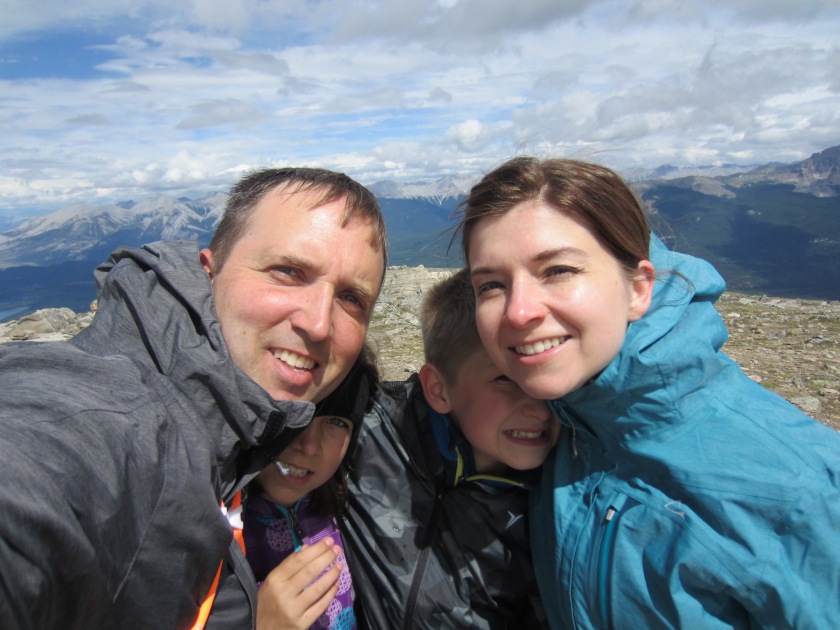
If you want to try out some mindful breathing (especially with kids) here’s some great little resources:
First saw this on Amy Poehler’s Smart Girls. Love it!
The Settle Your Glitter App. Totally free!!! It’s on my phone, so we can use it anytime, anywhere. Because you know–stress happens anytime, anywhere 😉
